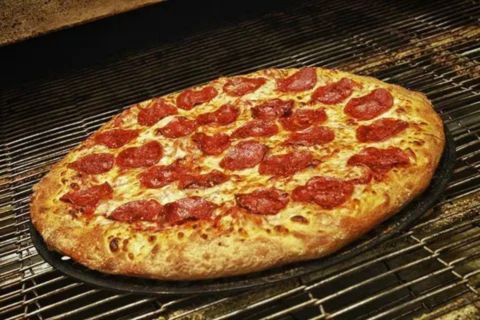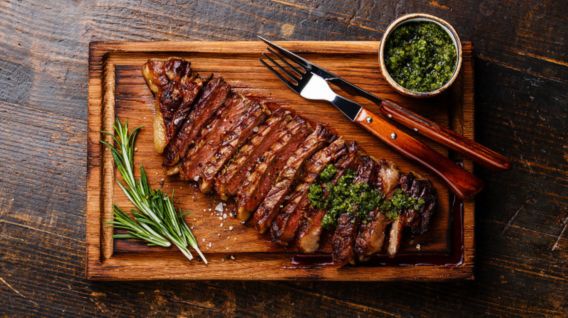From crust to toppings, this guide shows you how to cook a pizza on a Blackstone like a pro. Quick, tasty, and fun.
Introduction
Cooking outdoors on a Blackstone griddle has become a favorite for home chefs who want more than burgers or steaks. One of the most enjoyable—and surprisingly simple—meals to master is pizza. Learning how to cook a pizza on a Blackstone gives you a crisp, golden crust with evenly melted cheese, all without firing up a traditional oven.
The wide, flat cooking surface distributes heat evenly, which is essential for achieving restaurant-style results. Unlike a conventional oven, the Blackstone lets you control multiple heat zones, so you can manage browning on the bottom while ensuring the toppings cook properly. With the right dough, a bit of oil to prevent sticking, and a dome or lid to trap heat, you can create everything from thin, crispy pies to thick, chewy crusts.
Whether you prefer homemade dough or store-bought bases, this method works for both. Beyond technique, it’s also about creativity—using your favorite sauces, cheeses, and toppings to customize each pizza. In the sections ahead, you’ll find step-by-step guidance, troubleshooting tips, and serving suggestions that make outdoor pizza nights with the Blackstone both easy and rewarding.
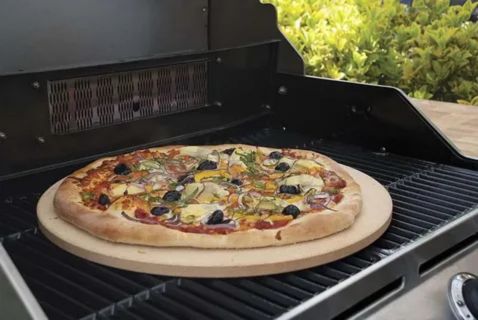
Why Cook Pizza on a Blackstone Griddle?
| Aspect | Details |
|---|---|
| Convenience | Quick cooking outdoors without heating the kitchen. |
| Heat Distribution | Flat-top surface ensures even cooking for crust and toppings. |
| Temperature Control | Allows fast adjustments compared to a standard oven. |
| Best Occasions | Ideal for family gatherings, tailgates, and weeknight dinners. |
| Customization | Works with different crusts, sauces, and toppings for creative variety. |
| Result | Crisp crust, perfectly cooked toppings, and restaurant-quality pizza at home. |
Ingredients & Tools Needed
To cook pizza on a Blackstone, start with quality ingredients. You’ll need pizza dough (store-bought or homemade), sauce, cheese, and your favorite toppings. Olive oil helps prevent sticking and adds flavor. For tools, a Blackstone griddle, pizza stone or steel (optional), and a large spatula or pizza peel are essential.
Preheating the griddle is key for an evenly cooked crust. With just a few basics, you’ll be ready to master how to cook a pizza on a Blackstone at home.
Step-by-Step Cooking Instructions
| Step | Action | Purpose/Result |
|---|---|---|
| 1. Preheat Griddle | Set Blackstone to medium-high heat | Ensures even cooking surface. |
| 2. Oil/Stone | Lightly oil the surface or use a pizza stone | Prevents sticking and adds flavor. |
| 3. Prepare Dough | Stretch dough to desired thickness | Controls crust style (thin & crispy or thick). |
| 4. First Cook | Cook one side for 2–3 minutes until lightly golden | Creates a sturdy base crust. |
| 5. Flip & Top | Flip dough, add sauce, cheese, toppings | Builds the pizza layers. |
| 6. Cover & Cook | Use a dome lid to trap heat | Melts cheese and crisps crust. |
| 7. Rotate | Rotate pizza as needed | Promotes even browning. |
| 8. Finish | Remove when crust is crisp and cheese melted | Results in a delicious, evenly cooked pizza. |
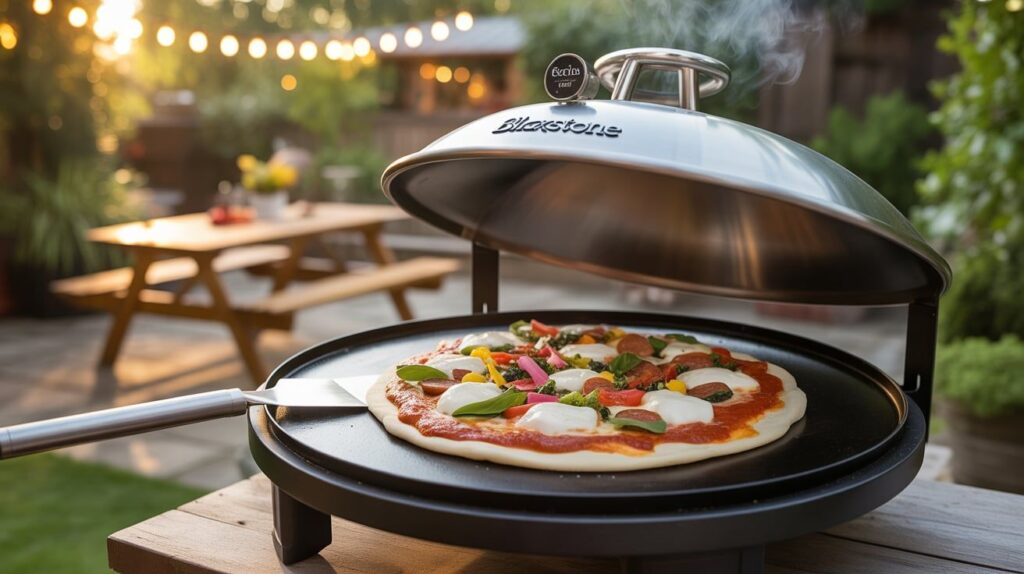
Tips for Perfect Results
For the best Blackstone pizza, maintain steady heat between 375–450°F. Use a light layer of oil or semolina flour to prevent sticking and enhance crispness. Keep toppings balanced—too much can weigh down the crust. A dome lid helps melt cheese quickly without burning the bottom. Let the pizza rest briefly before slicing to keep the crust firm and toppings intact.
Following these small adjustments will elevate your results when learning how to cook a pizza on a Blackstone.
Troubleshooting Common Issues
If the bottom burns before toppings cook, lower the heat and use a dome to trap heat above. For sticking dough, add more oil or dust with flour. If the cheese isn’t melting, cover longer or raise the dome temperature slightly.
To prevent a soggy crust, avoid excess sauce and don’t overload toppings. Mastering these fixes ensures consistent results when learning how to cook a pizza on a Blackstone, turning small mistakes into opportunities for improvement.
Serving & Finishing Touches
Once your pizza is golden and bubbling, transfer it to a cutting board and let it rest briefly before slicing. A drizzle of olive oil, sprinkle of fresh herbs, or dash of red pepper flakes enhances flavor. Pair with a crisp salad or grilled vegetables for balance.
Following these steps when learning how to cook a pizza on a Blackstone ensures a pizzeria-style experience at home, complete with authentic taste and satisfying presentation.
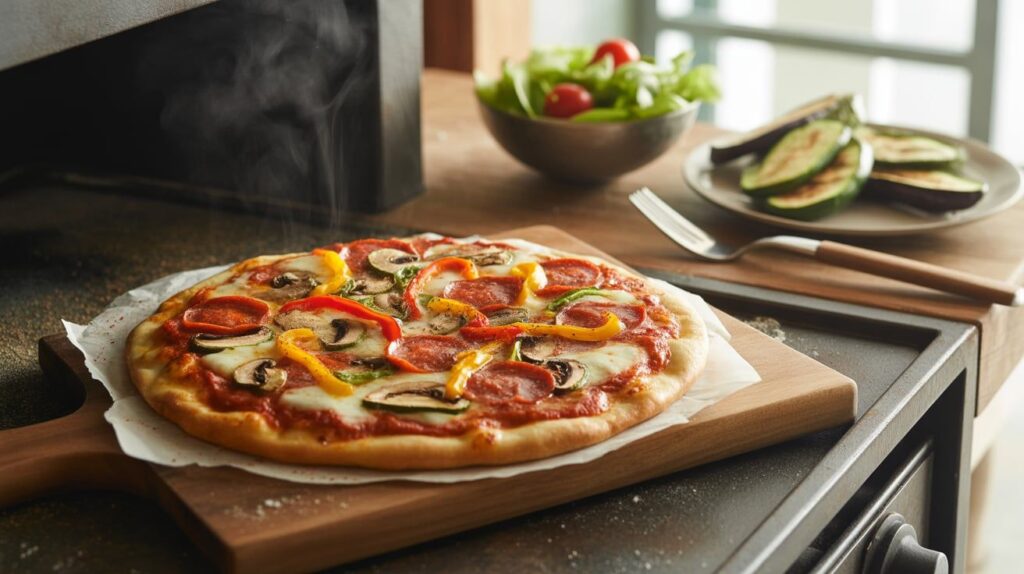
FAQ
Can I use store-bought dough?
Absolutely—just let it rest at room temperature before stretching.
Can I cook frozen pizza on a Blackstone?
Yes, just lower the heat and cook slowly to avoid burning the crust.
What temperature is best for pizza?
Around 500–550°F ensures even cooking and a crispy crust.
Do I need a pizza stone?
Not required, but a stone or steel helps distribute heat better.
How long does it take to cook?
Typically 5–8 minutes, depending on crust thickness and toppings.

Eman is the creative force behind Learn to Cook, a culinary platform designed to make cooking simple, inspiring, and enjoyable for everyone. Her journey began more than a decade ago in her childhood kitchen, where she discovered how food could bring people together.
With a Diploma in Culinary Arts and 10+ years of hands-on experience, Eman has trained in five professional kitchens and experimented with 50+ unique recipes across diverse cuisines. Her expertise lies in blending traditional flavors with modern techniques—turning everyday ingredients into extraordinary dishes.
On Learn to Cook, she shares practical cooking tips, step-by-step guides, and tried-and-tested recipes that empower home cooks to build confidence in the kitchen. For Eman, cooking is not just about preparing meals—it’s about creating lasting memories, celebrating culture, and spreading joy through food.

